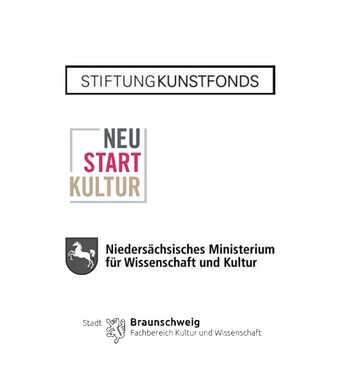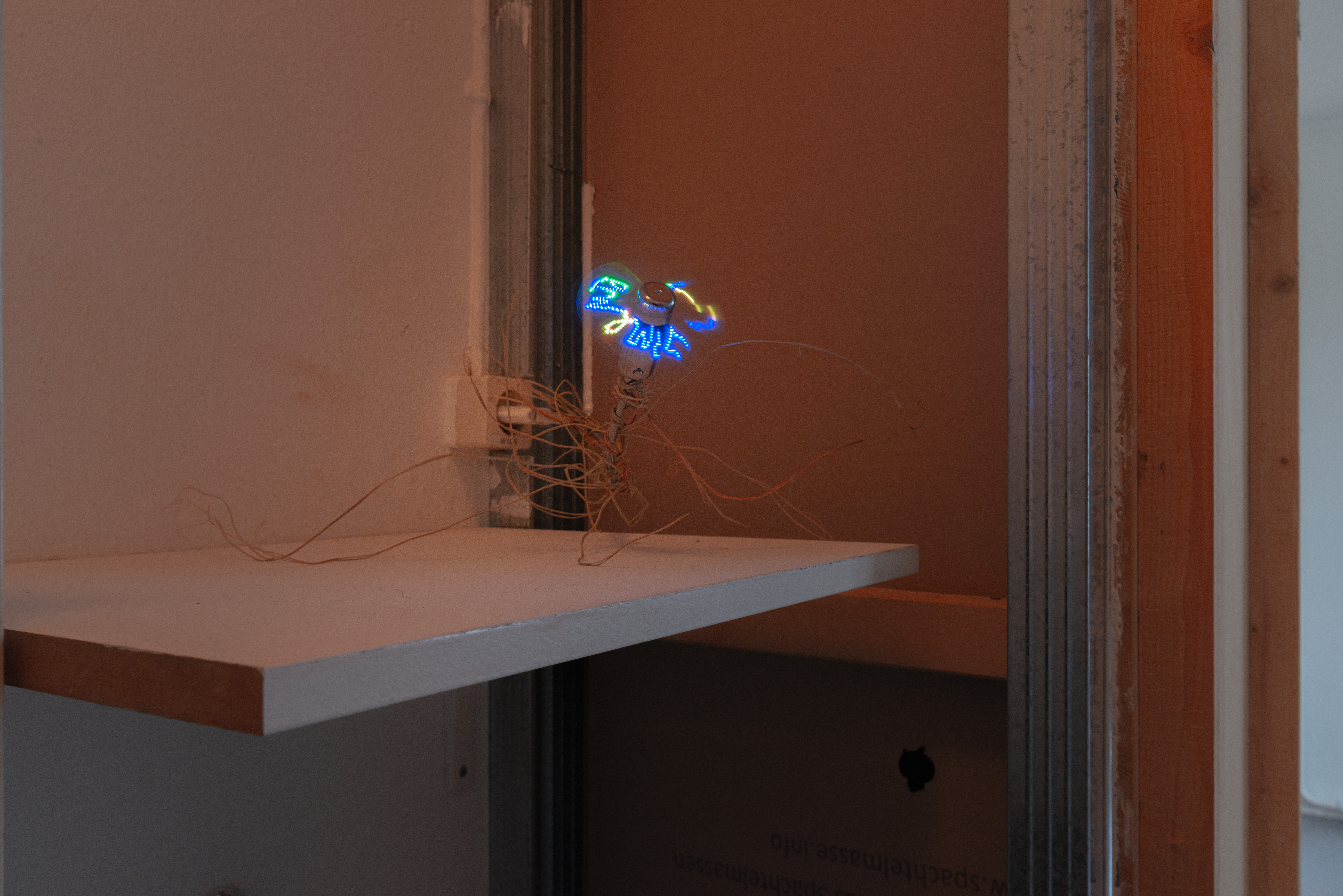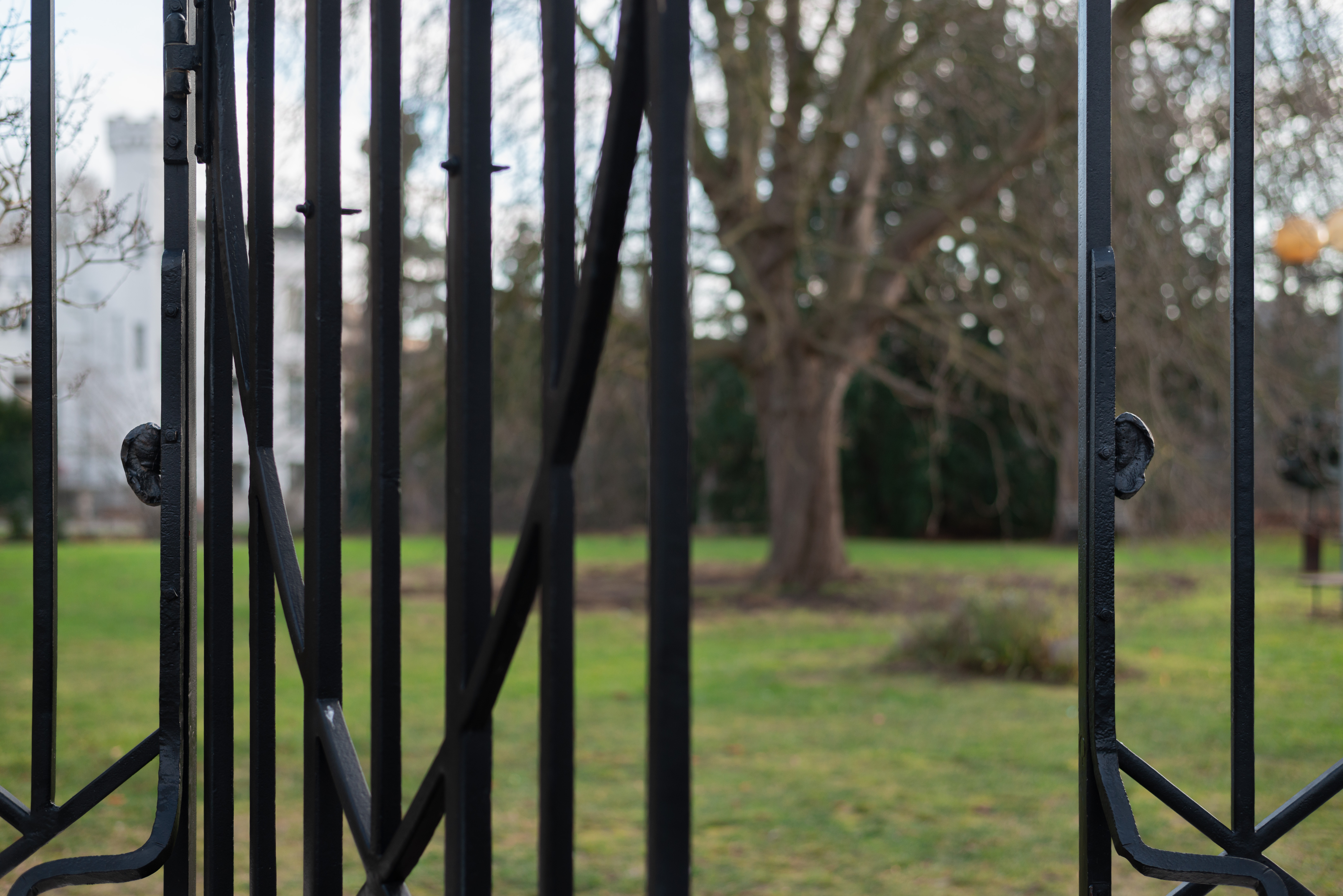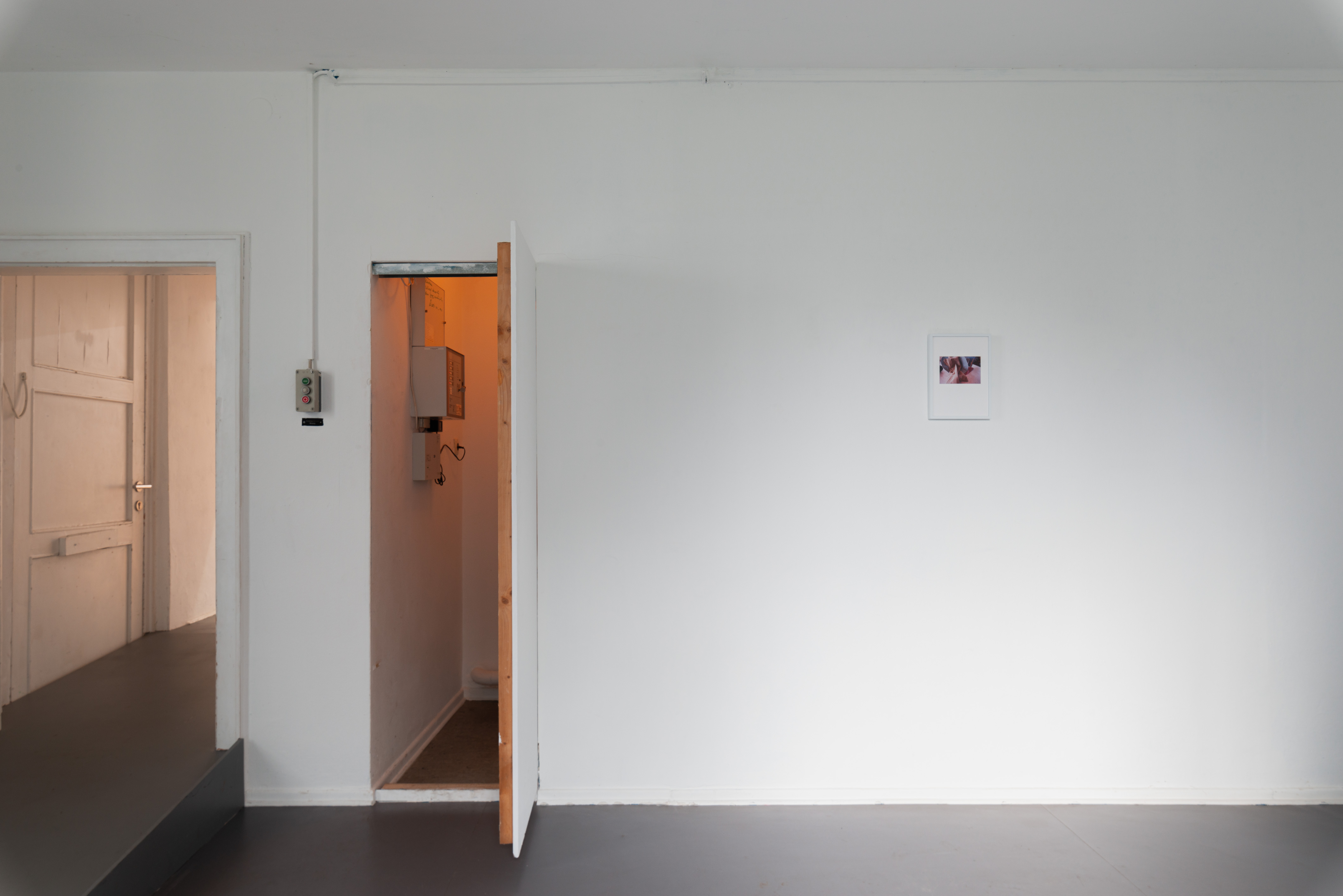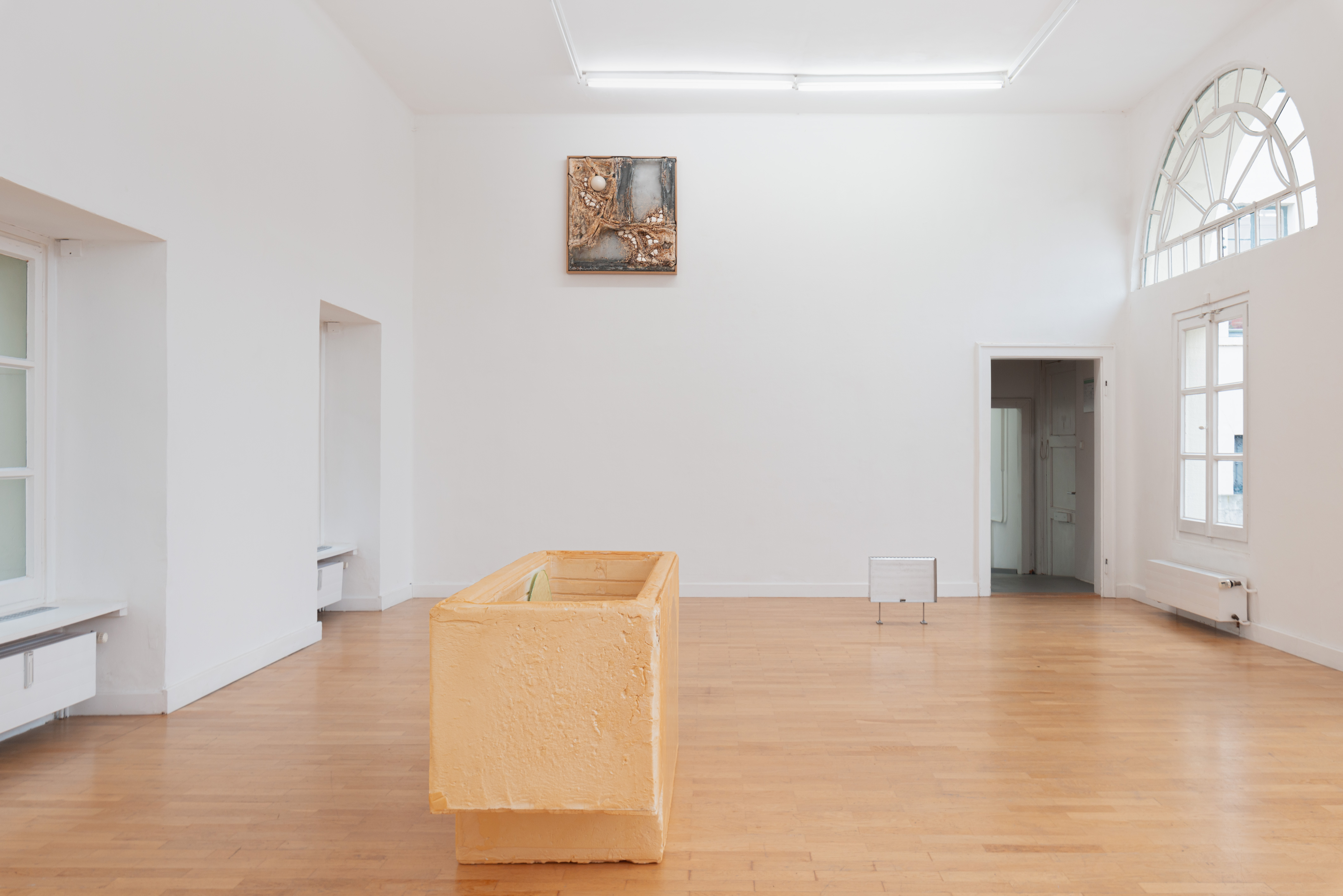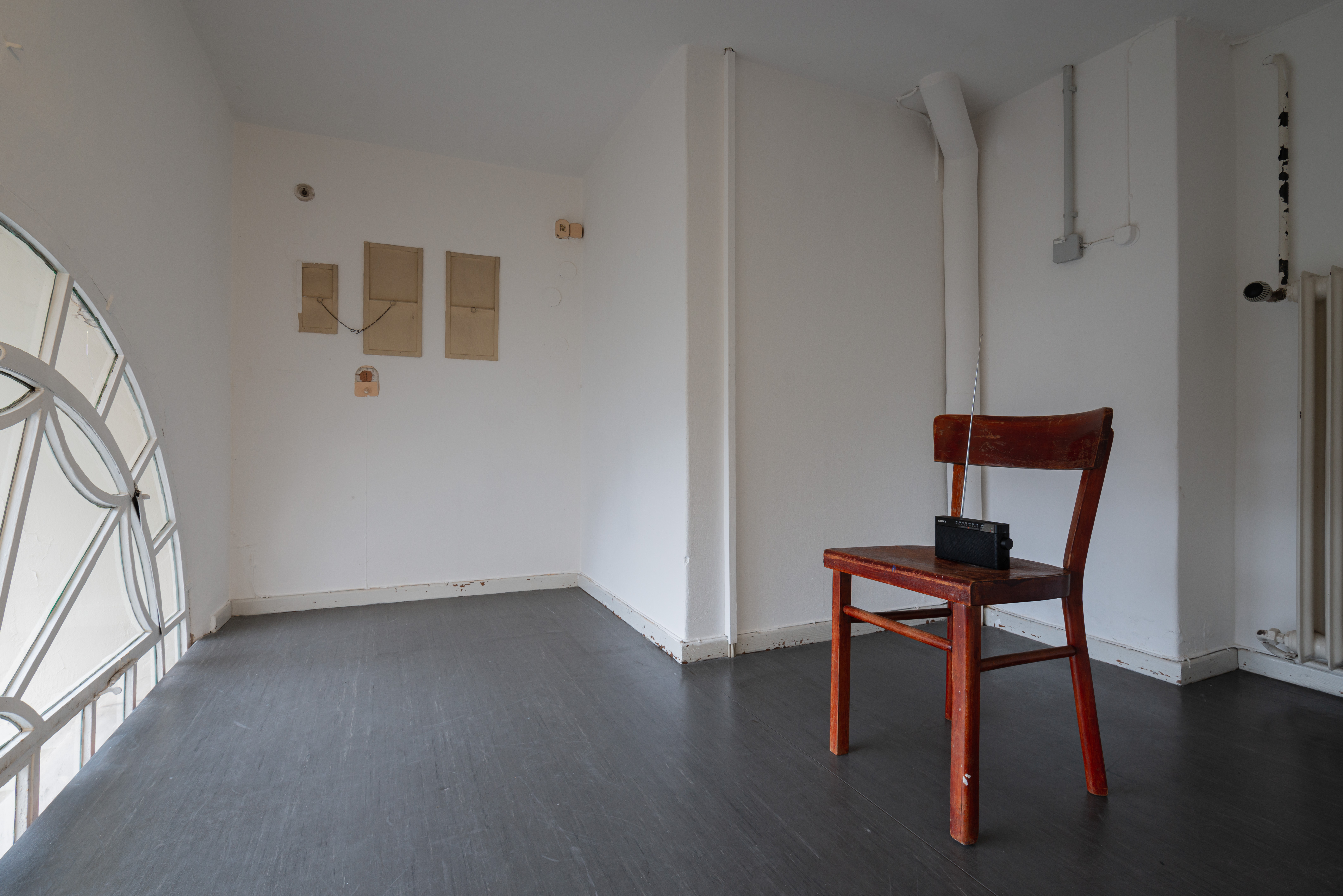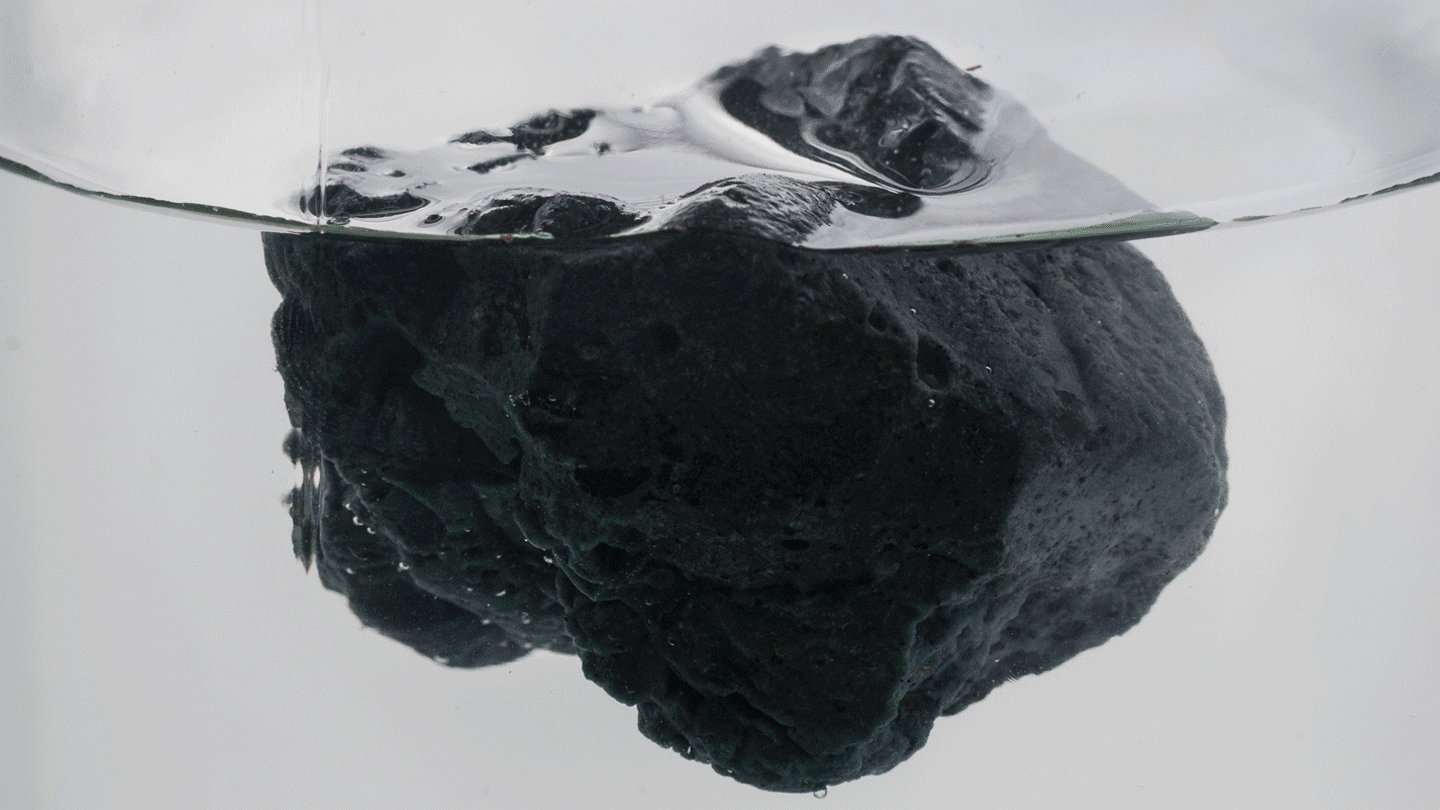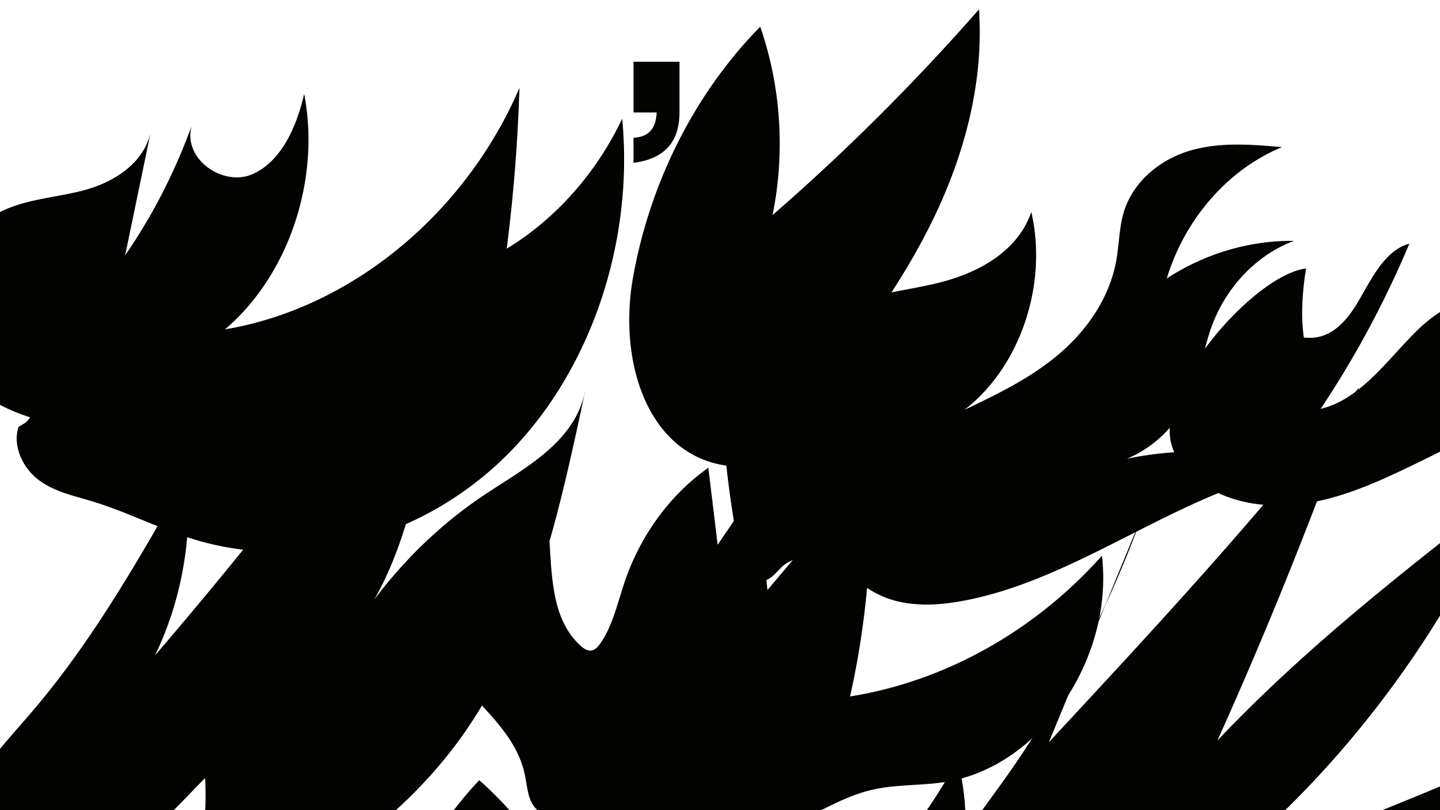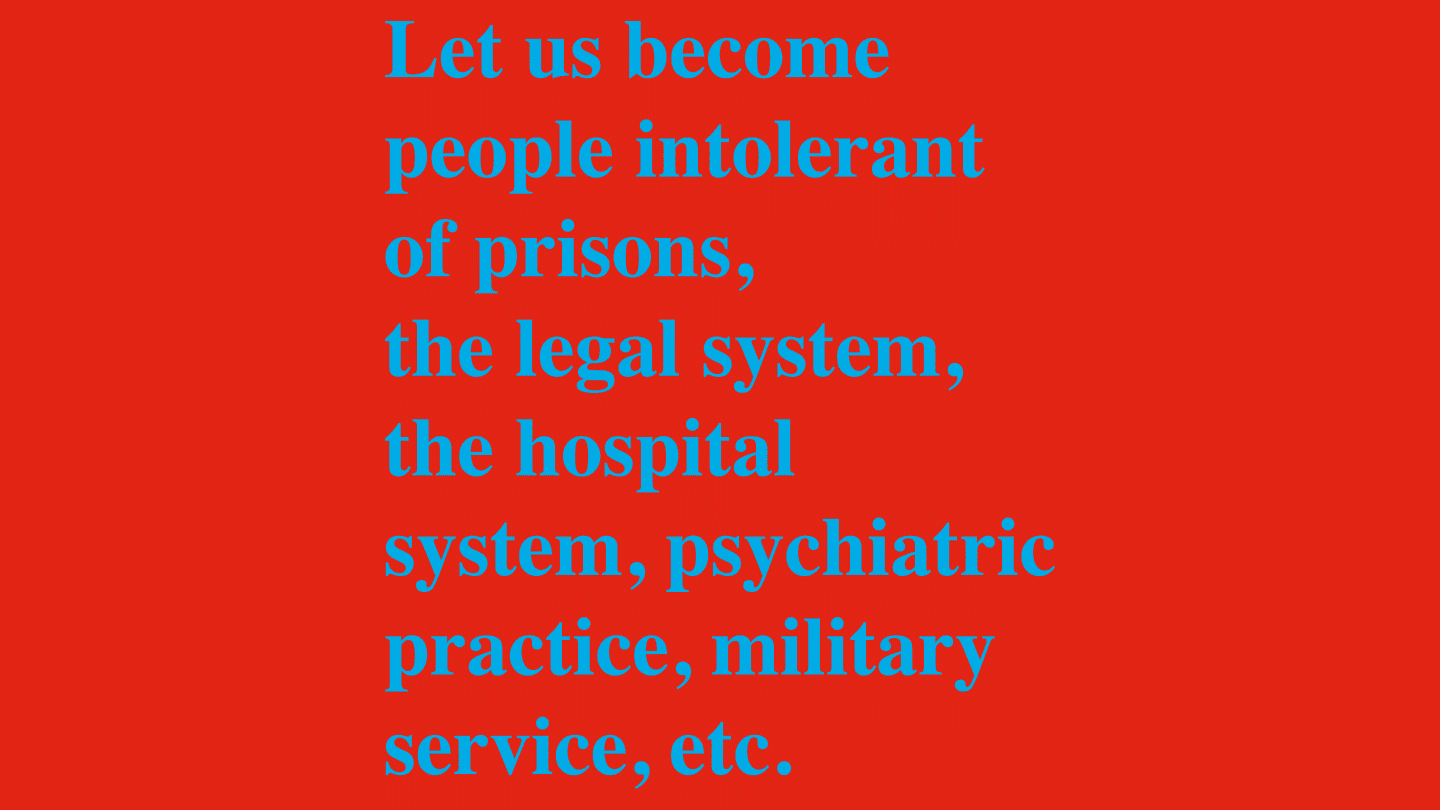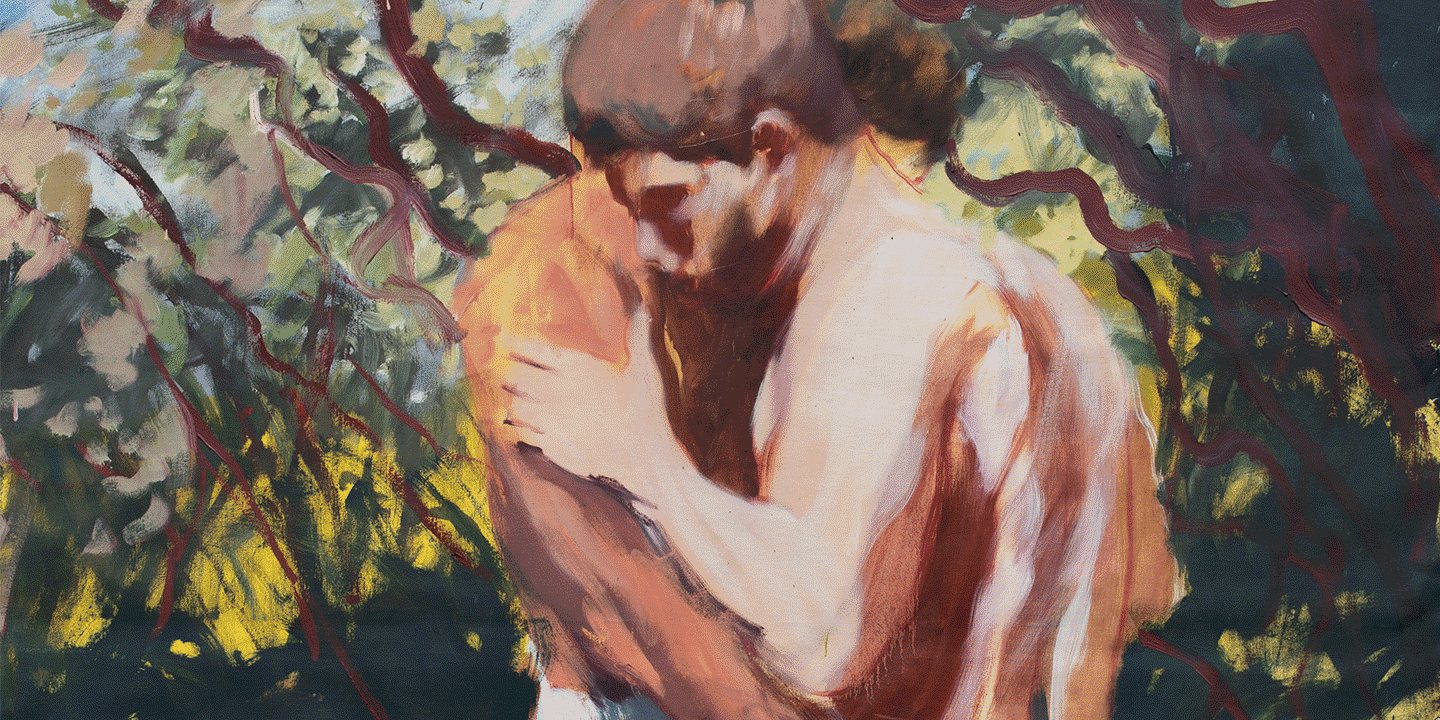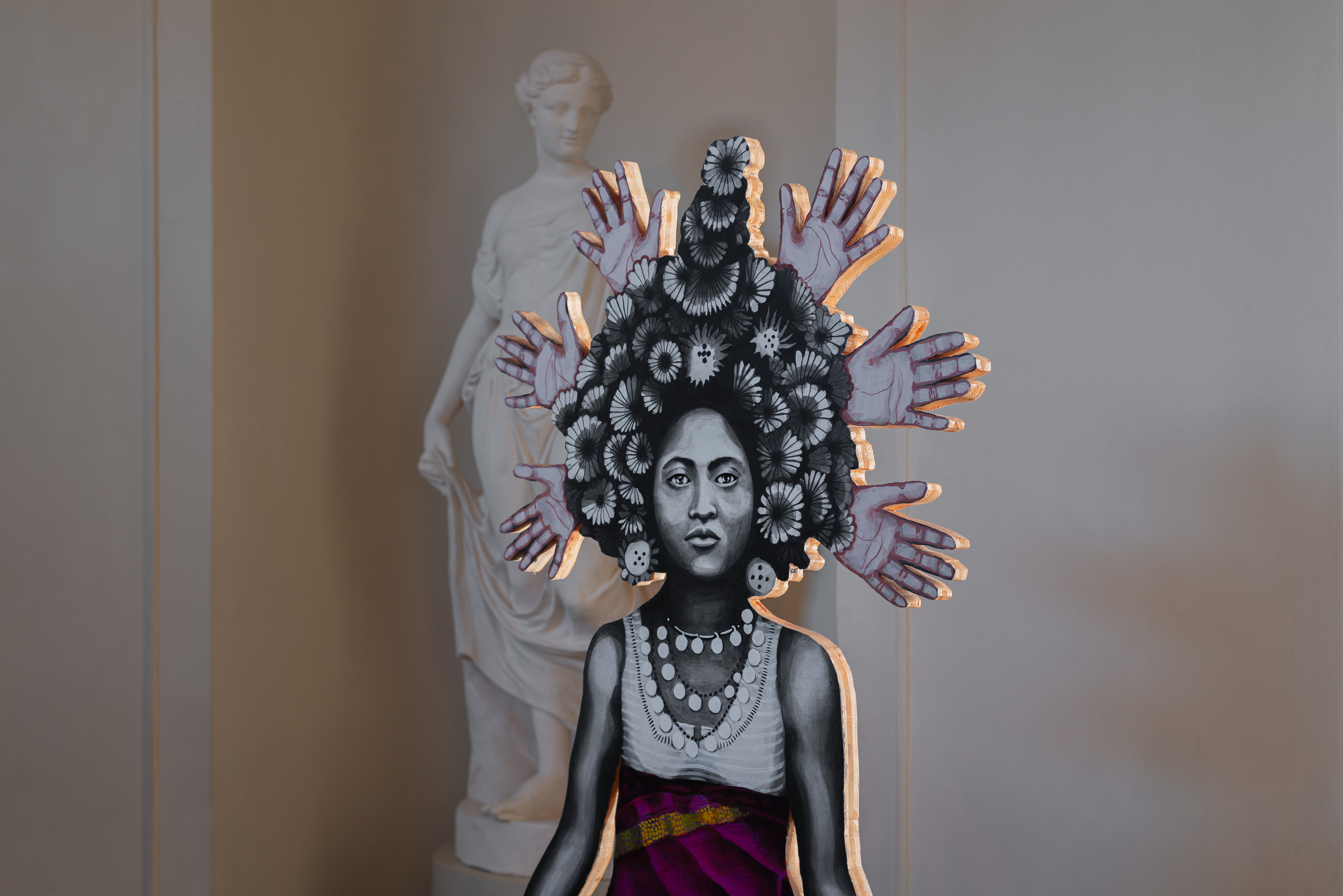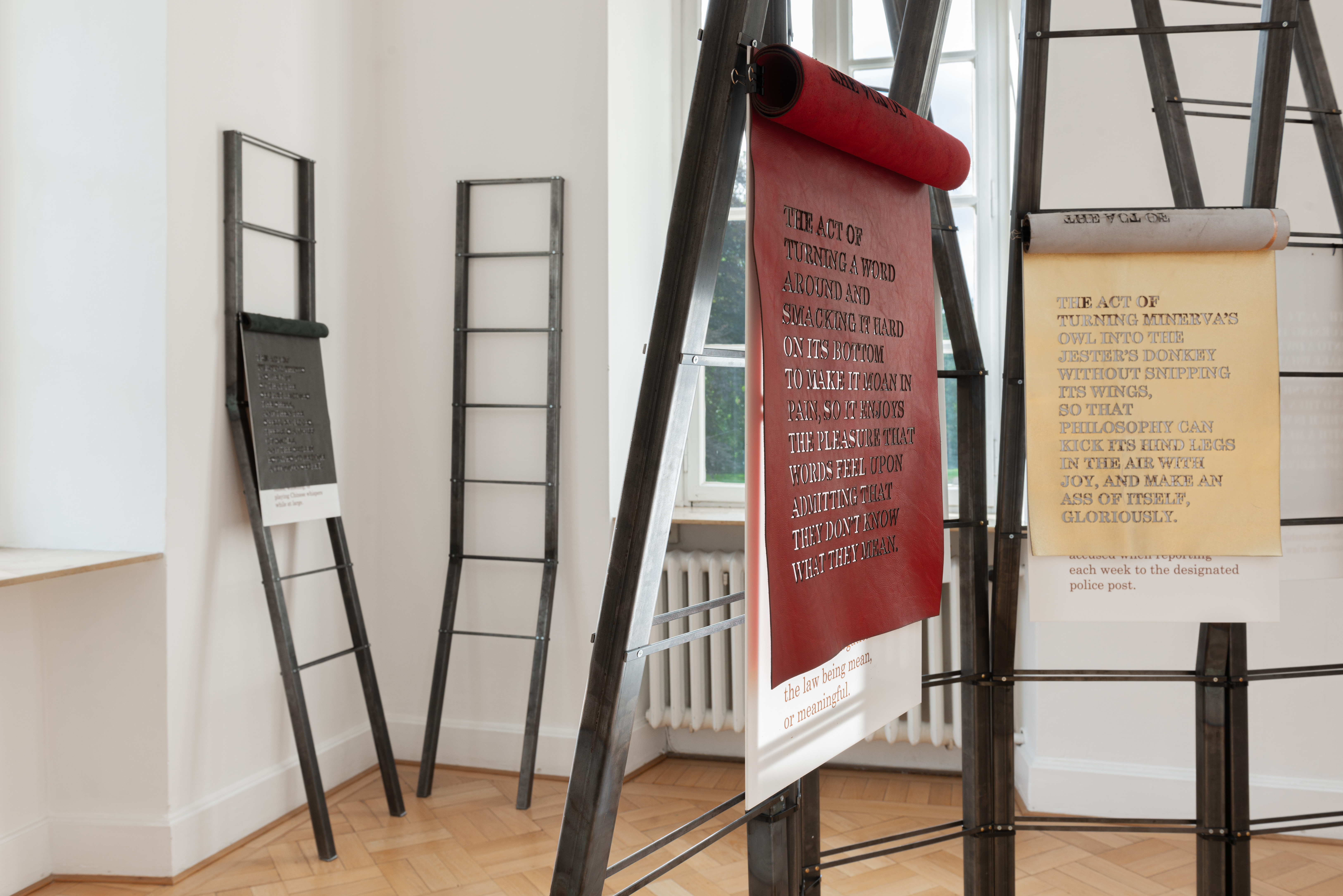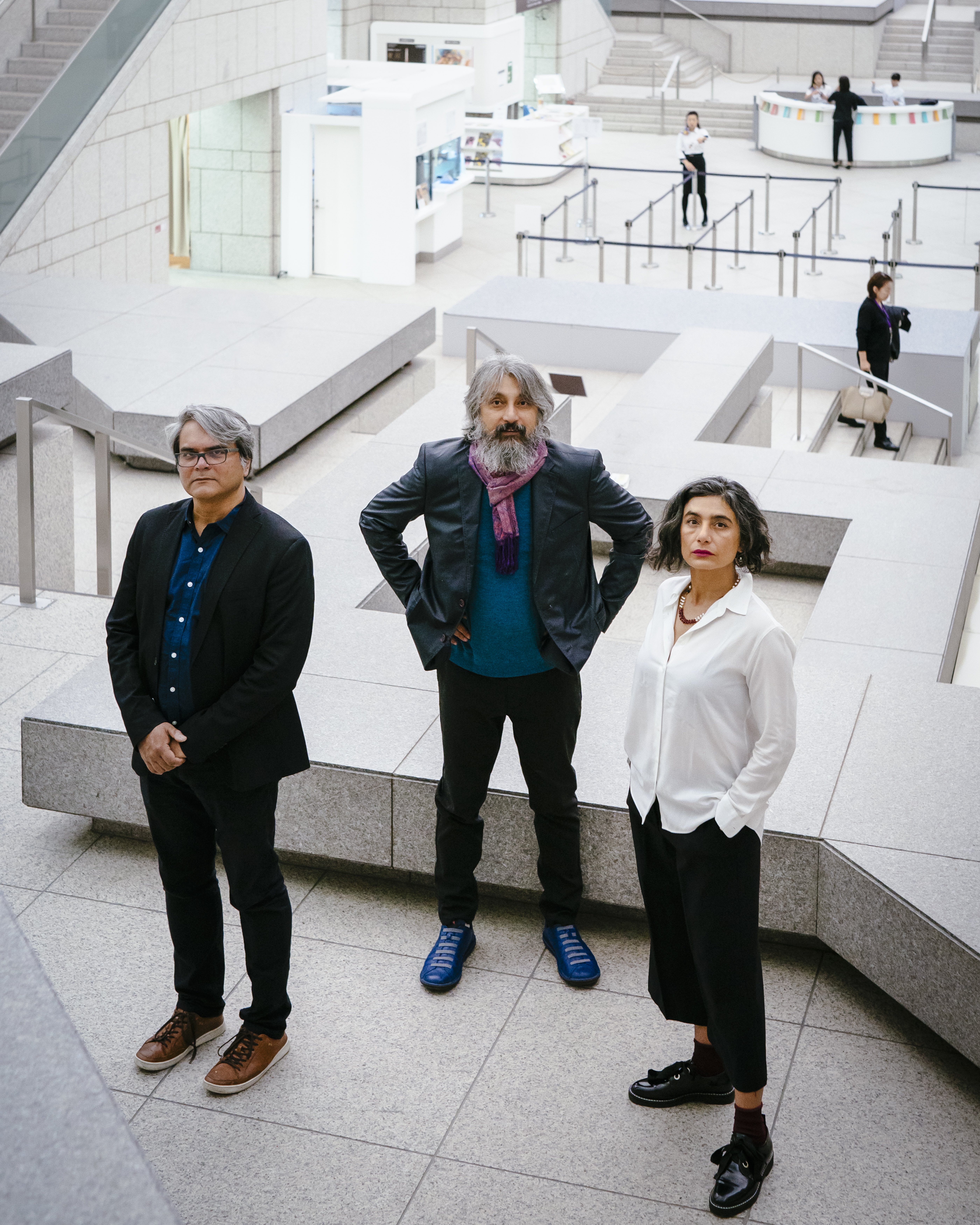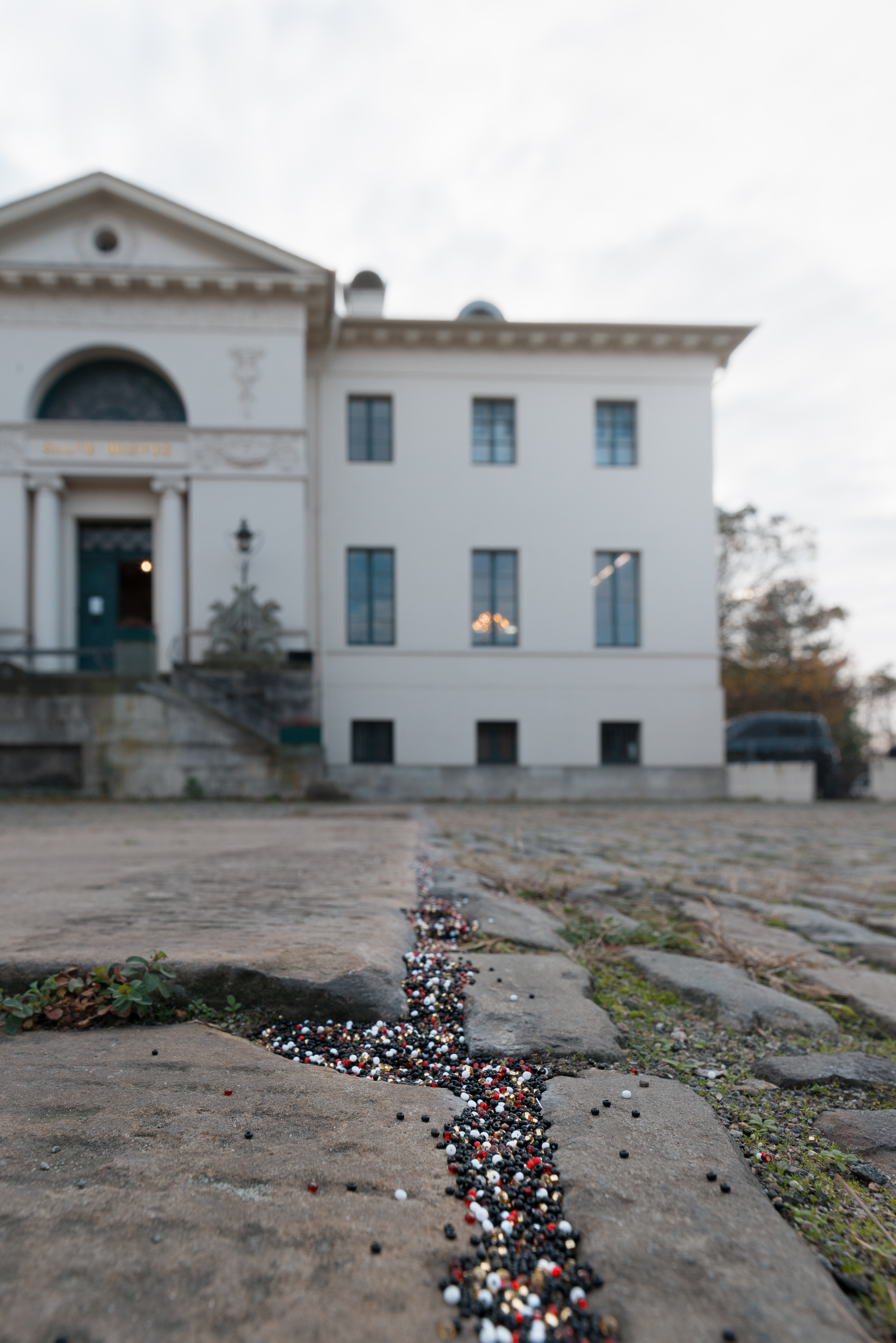December 11, 2021–February 20, 2022
Braunschweig 38100
Germany
Hours: Tuesday–Friday 12–6pm
Thursday 12–8pm
Saturday–Sunday 11am–6pm
T +49 531 49556
F +49 531 124737
info@kunstvereinbraunschweig.de
Artists: Patricia L. Boyd, Mahalia Heydemann, Kinke Kooi, Piotr Łakomy, Claudia Pagès Rabal, Gyan Panchal, Jesse Stecklow
The Living House can be read both as a group show and as an exploration of domestic environments and their fluid transition into living bodies. Loosely linked to architect, set-designer, and artist Friedrich John Kiesler’s vision of a biomorphic space that adapts to the individual needs of its inhabitants and uses sensory stimuli to connect internal and external perception, the works in the exhibition activate the building, courtyard, garden, and visitors.
The pieces on view pass through different stages: bodies and objects are moved, formed, and deformed, each following their own logic and rhythm in the pursuit of shifting impulses to show and hide themselves. The artists’ subjects include the home, but also bodies, the uterus, and cells—all of which connote an interest in stabilizing but permeable structures. In search of porous sites or membranes, doorsteps, windows, vents, and pipes come to the fore, as well as bodily orifices like ears and mouths. These are all zones of transition, mutability, and touch, but also sites of uncertainty and productive ambiguity. In the works, changing circular flows and infrastructures are cited and manipulated. The Living House thus reveals itself as a breathing place where a wide range of shifting alliances and moods are welcome, a place of physical and psychological instabilities that can be felt rather than seen.
Cherry cherry cherry pink red, 2021, by Patricia L. Boyd is concerned with the porosity of the “interior” space of the mind and its dream-thoughts. The work is a radio transmission of a dream containing a vivid picture of the artist repeatedly leaving a building, wearing a cerise colored shawl. It has a nested structure, with the dreamer watching footage shot by Boyd of herself and wondering how Boyd could have achieved this view of herself from above. This question refers to the fundamental interplay between artistic practice and its media-related presentation. Thinking about the medium as a material carrier of information also permeates the artistic practice of Jesse Stecklow. Stecklow devotes himself to invisible or discrete information carriers and elements such as water, oxygen, or human breath. His work involves air samples taken from filters hidden inside the shown metal housings. The precise analysis of the individual particles with the support of a laboratory shapes the material composition and form of future presentations. In this way, various temporal, geographic, and political aspects are combined, as environmental factors become visible and thus debatable.
Claudia Pagès Rabal focuses on the flow of data, goods, and finances and their relationship to moving bodies and words. In her series Ventiladores, 2019, the artist refers to the history of the former market on Trafalgar Street in Barcelona by implementing fictional and existing info of transporters and couriers as LED texts in existing fans. The ever-moving fans relate to an increasingly clandestine exchange of energy, which is enhanced by the fact that the work is docked to the building’s power supply. In Le dégel (engl. “thaw”), 2021, Gyan Panchal also appeals to a phase in which large amounts of energy are converted and something hidden underneath is revealed. With the carefully modified refrigerator, Panchal concentrates on a domestic object, that is disused and its “sleeping position” resembles a coffin. It is a work that sends contradicting signals of conservation and decomposition and “calms us in the face of silence, in the face of an outside that does not provide answers,” as Panchal describes it.
The human dimension also plays a special role in sculptures or “new bodies” by Piotr Łakomy. Physical proportions, but also movements or the memory of movements, influence the scaling and search for forms. Precarious forms, collapsing volumes, and also mosaic techniques have found their way into the artist’s work, an example of which, Double Roof, 2021, is on view, marking diffuse places of transgression and refuge. The merging of bodies in architecture seems to go even further in the work Puttchen, 2021, by Mahalia Heydemann. For Heydemann, the handmade sewn objects composed of flowing fabrics are everyday companions and substitutes for cuddling. In the folds—a rudimentary architecture in itself—of the objects are living beings, the so-called Puttchen. They (co-)exist in an interrelationship with their textile environment; they are an envelope and something enveloped at the same time. Moments of touch are also present in the works of Kinke Kooi as both the starting point and subject matter. In Kooi’s paintings and collages, the perception of the female body as a host (pregnancy/sex), but also the tendency to defend, to protection against invading viruses or bacteria with means of personal hygiene and connected feelings of closeness, lust, and shame are brought to the fore.
The exhibition is accompanied by a publication that will be launched in February 2022.
Artists: Patricia L. Boyd, Mahalia Heydemann, Kinke Kooi, Piotr Łakomy, Claudia Pagès Rabal, Gyan Panchal, Jesse Stecklow
Curator: Nele Kaczmarek
Assistant curator: Raoul Klooker
In parallel, the exhibitions Hank Schmidt in der Beek: Die Fürst Pückler-Bluse and Annual editions 2021/2022 are on view at Villa Salve Hospes.
